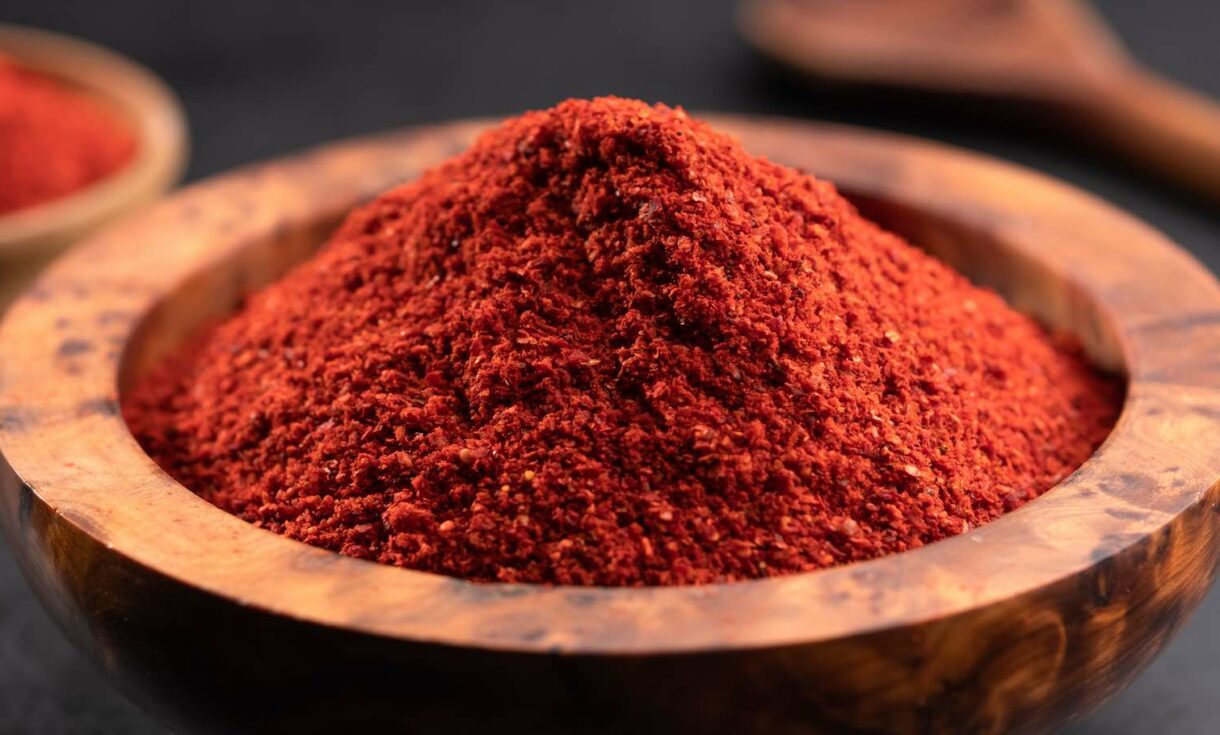- No. 268 Xianghe Street, Economic Development Zone of Xingtai city, Hebei 054001 China
- Byron@hbhongri.cn
dried chilli padi
The Sizzle of Dried Chilli Padi A Culinary Treasure
In the vibrant world of culinary delights, few ingredients can evoke such a spectrum of flavors, scents, and culinary traditions as dried chilli padi. Known for its fiery heat and unique flavor profile, dried chilli padi has transcended geographic boundaries and found its way into kitchens around the globe. Originating from Southeast Asia, particularly Malaysia and Indonesia, this tiny but potent spice has become an essential component in many dishes, treating both the palate and the senses to an exhilarating experience.
Dried chilli padi, also known as bird’s eye chilli, is characterized by its small size, typically measuring about 1 to 2 inches in length. Despite its diminutive stature, it packs a punch with a Scoville heat unit ranging between 50,000 to 100,000, making it one of the spiciest chillies available. This remarkable heat level is due to the high concentration of capsaicin, a compound that not only provides the heat but also offers several health benefits. From boosting metabolism to providing pain relief and acting as an antioxidant, the advantages of incorporating dried chilli padi into your cooking are numerous.
One of the most beloved uses of dried chilli padi is in the preparation of sambal, a traditional condiment in Southeast Asian cuisine. Sambal can be made in numerous ways, but the essence remains the same a mixture of ground chillies and a medley of other ingredients like garlic, shallots, and lime juice. The dried version intensifies the flavor and heat, resulting in a richly aromatic and spicy accompaniment to rice, meats, and seafood. It is an indispensable addition to dishes like Nasi Lemak, a beloved Malaysian dish characterized by fragrant coconut rice, crispy anchovies, and a boiled egg.
dried chilli padi

Beyond sambal, dried chilli padi can elevate the flavor of soups, curries, and stir-fries. The versatility of this ingredient is astounding; it can be rehydrated in warm water and blended into sauces, or it can be crushed and sprinkled on top of dishes just before serving to impart that extra kick. Its presence in meals often signals a feast for the senses, with warm, inviting aromas wafting through the air as the dishes simmer away.
In addition to its culinary applications, dried chilli padi holds cultural significance in the regions where it is commonly used. For many communities, food is a central aspect of family gatherings and celebrations. Dishes made with dried chilli padi are often associated with warmth, hospitality, and a shared communal experience. When families come together to share a meal, the heat of the chilli serves as a reminder of the passion and love infused in the cooking, forging lasting memories and connections.
Moreover, the rise of global culinary exploration and fusion cooking has propelled dried chilli padi into new frontiers. Chefs are increasingly incorporating this spice into unexpected dishes, from pasta sauces to pizza toppings, blending cultures and traditions in innovative ways. The thrill of experimentation with dried chilli padi opens doors to new taste experiences, captivating adventurous eaters looking for that unique combination of heat and flavor.
As we navigate the complexities of modern cooking, it is essential to appreciate the deep-rooted history and significance of ingredients like dried chilli padi. This tiny chilli, with its explosive heat, is more than just a spice; it is a testament to the art of cooking and the cultural traditions that shape our culinary landscape. Whether you’re seasoned in the kitchen or just beginning your cooking journey, incorporating dried chilli padi can ignite your dishes, turning the mundane into the extraordinary. So, the next time you find yourself in the spice aisle, consider picking up some dried chilli padi and embark on a culinary adventure that promises to tantalize your taste buds and warm your heart.
-
Turmeric Rhizome Powder: A Golden Treasure from Roots to TableNewsJul.28,2025
-
The Versatile Application Of Crushed Red Hot Peppers: Lighting Up The Red Flames On The Dining TableNewsJul.28,2025
-
The Paprika: A Touch Of Vibrant Red In Color, Flavor, And CultureNewsJul.28,2025
-
Ground Turmeric: A Modern Examination of an Ancient SpiceNewsJul.28,2025
-
Capsicum Liquid Extract: Features, Applications, and ChallengesNewsJul.28,2025
-
Application of Capsicum Liquid Extract in FoodNewsJul.28,2025







